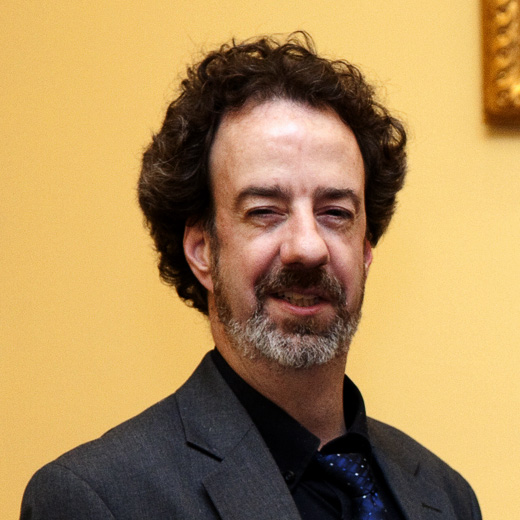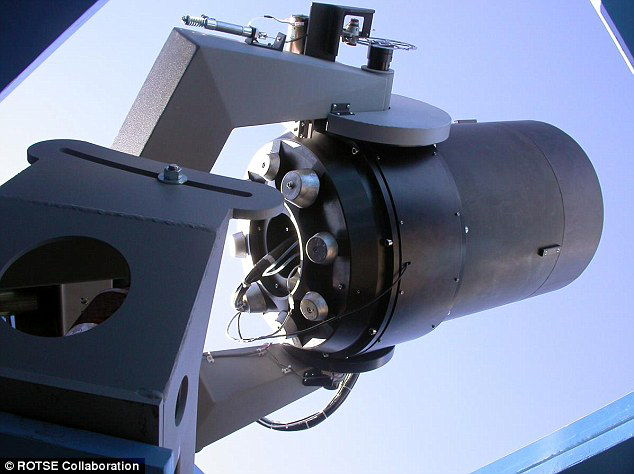Huge 12 billion-year-old explosion in space spotted from Earth
SMU's telescope at McDonald Observatory spots gamma-ray burst that occurred shortly after the Big Bang.

By Jonathan O'Callaghan
One of the biggest and hottest explosions in the universe - a rare event known as a gamma-ray burst (GRB) -has been spotted on camera.
And this particular event, caused by the enormous explosions of a star, occurred shortly after the Big Bang about 12.1 billion years ago.
The intense light recently reached Earth and it could give astronomers useful information about the conditions in the young universe.
Gamma-ray bursts are believed to be the catastrophic collapse of a star at the end of its life.
The observation was made by the telescope Rotse-IIIB at the McDonald Observatory in the Davis Mountains of West Texas, owned by the Southern Methodist University (SMU) in Dallas.
SMU physicists report that their telescope was the first on the ground to observe the burst, and to capture an image.
This particular explosion, first spotted back in April, was recorded as GRB 140419A by Nasa's Gamma-ray Coordinates Network (GCN).
Gamma-ray bursts are not well understood by astronomers, but they are considered important, according to Farley Ferrante, a graduate student in SMU's Department of Physics, who monitored the observations along with two astronomers in Turkey and Hawaii.
"As Nasa points out, gamma-ray bursts are the most powerful explosions in the universe since the Big Bang," he said. "These bursts release more energy in 10 seconds than our Earth's sun during its entire expected lifespan of 10 billion years."
 Robert Kehoe |
Some of these GRBs appear to be related to supernovae and correspond to the end-of-life of a massive star, said Dr. Robert Kehoe, physics professor and leader of the SMU astronomy team.
"Gamma-ray bursts may be particularly massive cousins to supernovae, or may correspond to cases in which the explosion ejecta are more beamed in our direction. By studying them, we learn about supernovae," Kehoe said.
SMU's ROTSE-IIIb robotic telescope.
# # #
